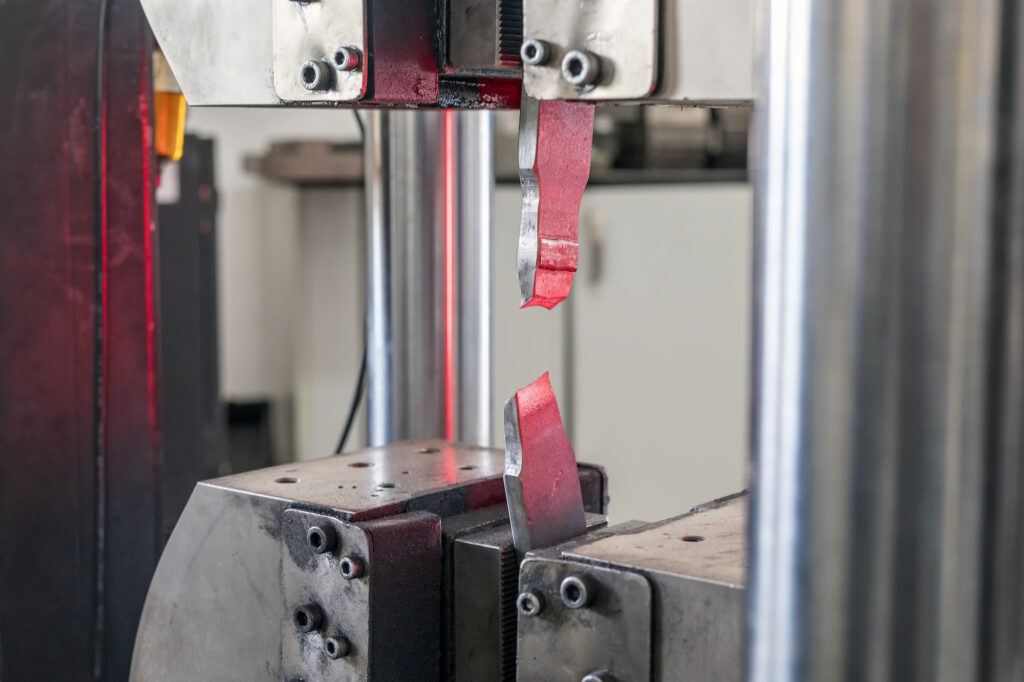
It’s estimated that mining, refining, and processing metals commonly used in construction, referred to as structural metals, contribute around three billion tons of CO2-equivalent emissions. And, although recycling these materials has the potential to mitigate their negative environmental impact, many sustain damage, like fractures, that can preclude them from extending their lifecycles.
High-temperature techniques, such as brazing and welding, have been used for metal repair for thousands of years. However, these, too, suffer from limitations in that certain alloys—metallic substances made up of two or more elements—are prone to cracking under extreme heat. Some new complex 3D printed structures are too intricate or delicate to access with these tools.
In a paper published in the journal Advanced Materials, a team of researchers led by James Pikul of the School of Engineering and Applied Science presents a novel technique to restore metals’ strength and toughness. The researchers have used this “electrochemical healing” to repair fractured metals in various metallic materials, including steel, aluminum alloys, and complex 3D printed structures, under room-temperature conditions.
“Metals that are difficult to repair usually end up as waste, causing both economic and environmental problems,” says Pikul, an assistant professor of mechanical engineering and applied mechanics. “Our electrochemical healing technique offers a solution to this by enabling the full recovery of the metal’s tensile strength, including ‘unweldable’ aluminum alloys used in aerospace. This opens up a whole new range of possibilities for repairing metals in a cost-effective and sustainable way.”
This story is by Nathi Magubane. Read more about Pikul’s “Healing Metals” in Penn Today.
